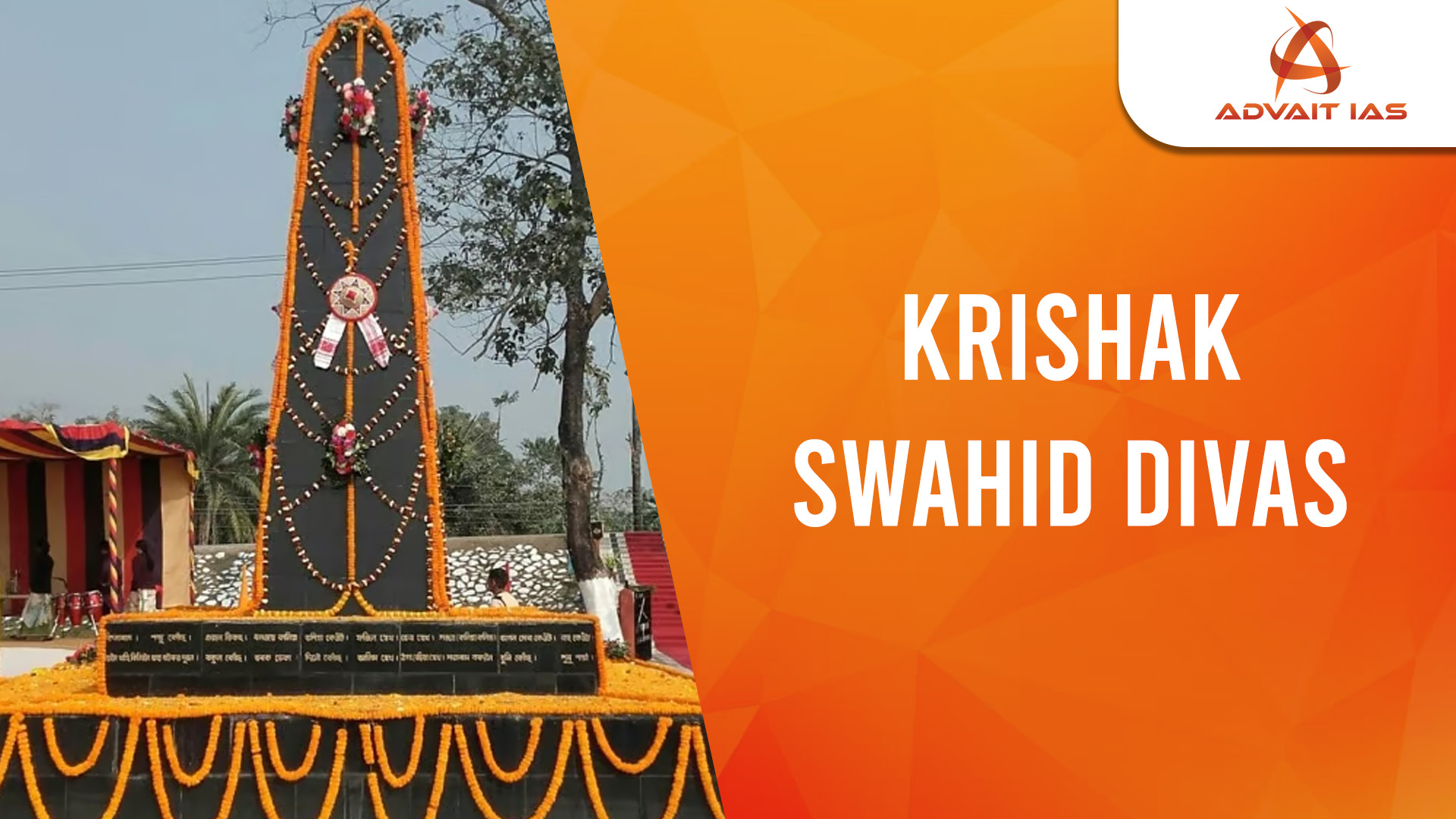The celebration of the 131st edition of Krishak Swahid Divas to pay tribute to the 140 martyrs of the Patharughat peasants uprising of 1894 held with a three-day long programme at Patharughat in Darrang.
Patharughat Uprising of Assam (1894)
- Took place on 28th January 1894 in Darrang district, Assam.
- A peasants’ revolt against oppressive taxation policies of the British government.
- Often referred to as the “Jallianwala Bagh” of Assam for its brutality.
Background
- The British introduced enhanced land revenue rates during the colonial period.
- Peasants were burdened with exorbitant taxes despite their struggle with poverty and poor agricultural yield.
- In 1893, the British government decided to increase agricultural land tax reportedly by 70- 80 per cent.
- Up until then the peasants would pay taxes in kind or provide service in lieu of cash.
- Across Assam, peasants began protesting the move by organising Raij Mels, or peaceful peoples’ conventions.
The Event
- A public meeting was convened by the peasants at Patharughat to discuss the grievances related to taxation.
- British officials, aware of the meeting, arrived with armed troops to suppress the gathering.
- When the peasants resisted the oppressive measures, British forces opened indiscriminate fire, killing around 140 peasants and injuring many others.
Peasants’ Response
- The rebellion showcased the resilience of the Assamese farmers against colonial oppression.
- Peasants, despite being unarmed, stood together in defiance.
Key Significance
- One of the earliest revolts against British rule in India.
- Symbol of resistance and courage by marginalized sections.
- Highlighted the exploitation of farmers under colonial taxation policies.
Legacy
- The martyrs of Patharughat are remembered for their sacrifice and courage.
- The event is commemorated annually as a day of homage in Assam.
- The Assam government has set up a martyrs’ memorial at Patharughat to honor the victims.






